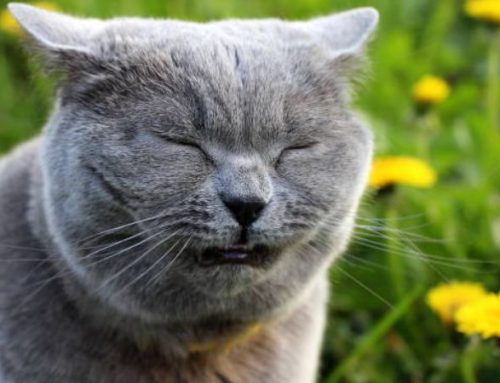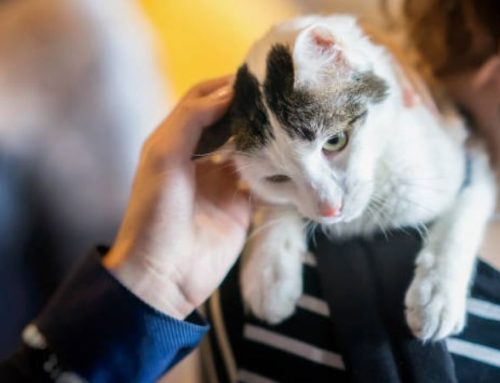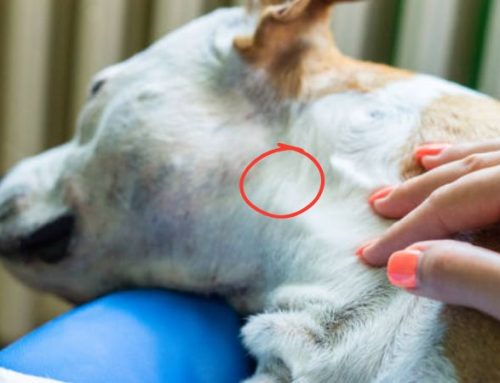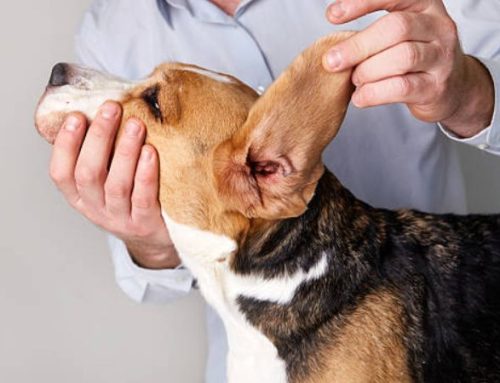Even the most pampered indoor cat isn’t immune to the world’s hidden threats. From sneaky viruses carried by rodents to diseases that can sneak in during a vet visit or grooming session, staying proactive is the key to keeping your feline friend healthy.
So, which vaccines does your cat truly need each year? Our vet-approved guide breaks it down, helping you navigate the must-have shots and boosters for every stage of your cat’s life.

Core Cat Vaccines: Required for All
Core vaccines are the foundation of feline preventive care and are recommended for every cat, regardless of their age, lifestyle, or living environment. These vaccines protect cats from the most common and serious infectious diseases that can threaten their health or even be fatal. Vaccinating your cat not only safeguards their well-being but also contributes to public health, as some diseases like rabies can be transmitted to humans. Because these illnesses are widespread and highly contagious, veterinarians universally recommend that all cats receive core vaccines, with appropriate booster shots throughout their lives to maintain immunity.
FVRCP Vaccine
The FVRCP vaccine is a combination shot that protects cats against three highly contagious diseases:
- Feline Viral Rhinotracheitis (FVR/FHV-1) – Caused by a herpesvirus, this disease leads to upper respiratory infections, sneezing, nasal congestion, conjunctivitis, and sometimes oral ulcers. Even after recovery, infected cats may continue to carry and shed the virus intermittently, making vaccination essential.
- Feline Calicivirus (FCV) – A viral infection that affects the respiratory system and mouth, often causing sneezing, nasal discharge, and oral ulcers. Some strains can result in chronic inflammation of the gums and teeth, or, in severe cases, systemic illness.
- Feline Panleukopenia Virus (FPV) – Also known as feline distemper, panleukopenia is a highly infectious and potentially deadly disease, especially in kittens. It attacks the immune system, causing severe dehydration, vomiting, diarrhea, and vulnerability to secondary infections.
The FVRCP vaccine is typically administered to kittens in a series starting at 6–8 weeks of age, with boosters every 3–4 weeks until approximately 16 weeks old. Adult cats receive booster doses based on risk factors and lifestyle—commonly every 1–3 years. Cats facing stressful situations, such as boarding or travel, may benefit from a booster 7–10 days prior.
Rabies Vaccine
The rabies vaccine is a critical core vaccine required by law in most states and regions worldwide. Rabies is a fatal viral disease that affects mammals, including humans, making vaccination a public health necessity. Cats are not natural carriers, but they can contract rabies through the bite of an infected animal and subsequently spread it.
Rabies vaccination schedules depend on local regulations and the vaccine brand used: some vaccines are given annually, while others provide protection for up to three years. Regardless of the schedule, ensuring your cat is vaccinated against rabies is essential for their safety and for compliance with legal requirements.
Non-Core Vaccines: Lifestyle-Based Choices
While core vaccines are essential for all cats, non-core vaccines are recommended based on a cat’s individual lifestyle, environment, and risk of exposure to certain diseases. These vaccines are not universally required, but they play a crucial role in protecting cats who may encounter higher infection risks, such as those living in multi-cat households, going outdoors, or boarding in kennels. Your veterinarian can assess your cat’s lifestyle and local disease prevalence to determine which non-core vaccines are appropriate.
Common Non-Core Vaccines
- Feline Leukemia Virus (FeLV) Vaccine
- Purpose: FeLV is a viral infection that weakens a cat’s immune system and can lead to serious illnesses such as lymphoma, anemia, and secondary infections.
- Transmission: The virus spreads through close contact, such as grooming, sharing food or water bowls, and through saliva, urine, or feces.
- Who Needs It:
- Kittens and young cats are universally recommended to receive the FeLV vaccine because they are more vulnerable.
- Adult cats with outdoor access or those in multi-cat households are at higher risk and should receive annual boosters.
- Indoor-only adult cats with minimal exposure may not need this vaccine after the initial kitten series, depending on risk assessment by a veterinarian.
- Schedule:
- Kittens: Two doses given 3–4 weeks apart.
- Adults: Annual booster for high-risk cats; lower-risk cats may receive boosters every 2–3 years or undergo titer testing to assess immunity.
- Other Non-Core Vaccines
- Feline Immunodeficiency Virus (FIV) Vaccine:
- Recommended in regions or situations where FIV is prevalent and cats may be exposed to fights or bites from other cats.
- Chlamydia (Chlamydophila felis) Vaccine:
- Protects against a bacterial infection causing severe conjunctivitis and respiratory issues. Often considered for cats in catteries, shelters, or multi-cat homes.
- Bordetella Vaccine:
- Protects against a highly contagious respiratory bacterial infection, particularly recommended if cats are boarded, groomed regularly, or live in close quarters with other cats.
- Feline Infectious Peritonitis (FIP) Vaccine:
- Generally not widely recommended, as its efficacy is limited; may be considered in certain high-risk environments.
- Feline Immunodeficiency Virus (FIV) Vaccine:
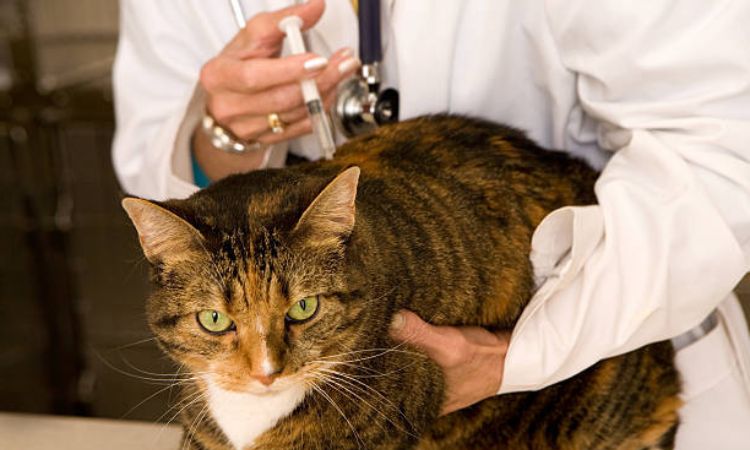
Key Considerations for Non-Core Vaccines
- Lifestyle Matters: Cats that stay strictly indoors may not require most non-core vaccines, while outdoor or high-exposure cats benefit significantly.
- Multi-Cat Environments: Shelters, boarding facilities, or households with many cats may require additional protection to prevent disease outbreaks.
- Veterinarian Guidance: Always consult your vet to determine which non-core vaccines are appropriate, based on your cat’s health, lifestyle, and local disease prevalence.
Non-core vaccines are highly valuable for cats at higher risk of exposure. While not mandatory for every cat, they offer additional layers of protection that can prevent serious illness, particularly in kittens, outdoor cats, and multi-cat households. Together with core vaccines, they form a comprehensive preventive healthcare plan tailored to your cat’s unique needs.
Cat Vaccine Schedule: Annual vs. Triennial
Understanding the proper timing for cat vaccines is crucial for maintaining long-term immunity. Adult cats require boosters, but the frequency depends on the type of vaccine, the cat’s age, lifestyle, and risk profile. Indoor-only cats typically have lower exposure risk, while outdoor or high-risk cats may require more frequent boosters.
Vaccine Frequency for Adult Cats
1. Core Vaccines
FVRCP (Feline Viral Rhinotracheitis, Calicivirus, Panleukopenia)
- Indoor cats: Booster every 3 years.
- Outdoor or high-risk cats (frequent contact with other cats, young kittens, or seniors): Booster annually.
- Protects against respiratory infections and deadly viral disease (panleukopenia).
Rabies Vaccine
- Required by law in many areas.
- 1-year or 3-year vaccine depending on vaccine brand and local regulations.
- Even indoor cats require rabies vaccination, as bats or other wildlife may enter homes.
Feline Leukemia Virus (FeLV)
- Core for kittens; non-core for adult cats.
- High-risk cats (outdoor or multi-cat households): Annual booster recommended.
- Low-risk indoor adults: May skip boosters after the initial kitten series or vaccinate every 2 years based on veterinary advice.
2. Non-Core Vaccines
- Bordetella, Chlamydia: Only recommended for cats at higher risk (shelters, multi-cat homes, catteries).
- FIV, FIP vaccines: Administered based on specific risk factors; generally not routine.
- Frequency varies by risk and vet recommendation; usually annual for exposed populations.
Cat Vaccine Schedule Table: Annual vs. Triennial
| Vaccine | Indoor Cats (Low Risk) | Outdoor / High-Risk Cats | Notes |
| FVRCP | Every 3 years | Annually | Core for all cats; protects against FHV-1, FCV, FPV |
| Rabies | 1–3 years depending on law | 1–3 years depending on law | Core; legally required in most areas |
| Feline Leukemia (FeLV) | Optional after kitten series | Annually for high-risk cats | Core for kittens; non-core for adult low-risk cats |
| Bordetella / Chlamydia | Only if risk present | Annually if exposure possible | Non-core; for multi-cat environments |
| FIV / FIP | Only if risk present | As needed based on vet advice | Non-core; rarely used routinely |
This schedule ensures that your cat maintains strong immunity throughout adulthood while minimizing unnecessary vaccinations. Indoor cats enjoy the convenience of fewer boosters, while outdoor or high-risk cats remain protected against the diseases they are most likely to encounter.
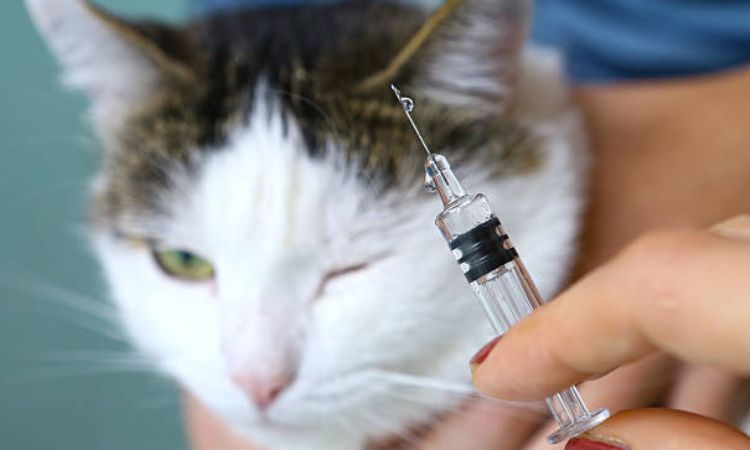
Factors Affecting Cat Vaccine Recommendations
Vaccination is not a one-size-fits-all process for cats. A variety of factors influence which vaccines a cat needs, how frequently they should be administered, and whether certain non-core vaccines are appropriate. Understanding these factors helps ensure your cat is protected without unnecessary risk.
1. Age
- Kittens (6–16 weeks): Young cats have immature immune systems and rely initially on maternal antibodies. These antibodies provide temporary protection but can interfere with vaccines if administered too early. That’s why kittens require a series of vaccinations spaced 3–4 weeks apart, starting at around 6–8 weeks of age. Core vaccines such as FVRCP, FeLV, and rabies (where age-appropriate) are critical during this period.
- Adult cats (>1 year): Adult cats generally require booster vaccinations rather than a full series. The frequency of these boosters depends on previous vaccination history, current immunity, and exposure risk.
2. Health Status
- Chronic illness or immunocompromised cats: Cats with underlying health issues may need modified vaccination schedules. Certain vaccines might be postponed or given in smaller doses to reduce the risk of adverse reactions.
- Previously unvaccinated or overdue cats: Adult cats with unknown or lapsed vaccine history should be treated as unvaccinated and receive a full core series before transitioning to a regular booster schedule.
3. Lifestyle: Indoor vs. Outdoor
- Indoor cats: Even strictly indoor cats need core vaccines like FVRCP and rabies. These diseases are highly contagious and can enter the home via fomites, visitors, or other pets. FeLV boosters are typically not required after the kitten series if there’s no risk of exposure.
- Outdoor or multi-cat household cats: Cats with outdoor access or those living in shelters, catteries, or multi-cat households are at higher risk for exposure to infectious agents. They may require additional non-core vaccines (e.g., FeLV, Bordetella, Chlamydia) and more frequent boosters.
4. Geographic Location
- Regional prevalence of certain diseases can influence vaccine recommendations. For example, rabies remains endemic in certain areas of North America, making vaccination mandatory by law in many regions. Veterinarians consider local disease risks when creating a vaccination plan.
5. Importance of Regular Veterinary Check-Ups
- Regular veterinary visits are essential to evaluate a cat’s current health, exposure risk, and immunity status. Veterinarians may perform titer testing to measure antibody levels, helping to determine whether a booster is necessary.
- Vaccination plans should be tailored individually, balancing protection against infectious diseases with minimizing vaccine-associated risks, such as allergic reactions or injection-site sarcomas.
Frequently Asked Questions (FAQs)

Do indoor cats need yearly vaccines?
Yes, indoor cats still need vaccines, though their schedule may differ from outdoor cats. Core vaccines such as FVRCP (Feline Viral Rhinotracheitis, Calicivirus, Panleukopenia) and rabies are highly recommended for all cats, regardless of lifestyle. Even indoor cats can be exposed to viruses through accidental escapes, other pets, or environmental contamination. Rabies vaccination is legally required in many regions, including certain cities in the U.S. and China, for all cats.
What happens if a cat misses a shot?
If a cat misses a scheduled vaccination, it may be necessary to restart or catch up on the vaccine series, especially for kittens. For adult cats, veterinarians will create a tailored booster plan to restore protection. Skipping or delaying vaccines can leave cats vulnerable to serious, sometimes fatal diseases such as panleukopenia, rabies, or feline leukemia (FeLV). Always consult your veterinarian to determine the safest catch-up schedule.
Are vaccines safe, and what side effects might occur?
Vaccines are generally safe and effective, with the benefits far outweighing the risks. Most cats experience no side effects or only minor reactions, such as:
- Mild soreness at the injection site
- Temporary lethargy
- Slight fever
Rarely, cats may experience vomiting, diarrhea, hives, facial swelling, or allergic reactions. Very infrequently, long-term risks like injection-site sarcomas may occur. Monitor your cat for 24–48 hours post-vaccination and contact your vet if severe symptoms develop.
Cat yearly vaccinations cost?
The cost of cat vaccines varies by clinic, location, and whether you purchase individual shots or package deals. Based on Vetco Clinics in California:
- Rabies: $38–$42
- Feline 3-in-1 (FVRCP): $45–$50
- Feline Leukemia (FeLV): $45–$50
- Feline 4-in-1 (FVRCP + FeLV): $68–$75
Wellness packages may provide discounts and convenience, combining multiple vaccines in a single visit. Costs may also vary depending on additional services or booster requirements.


